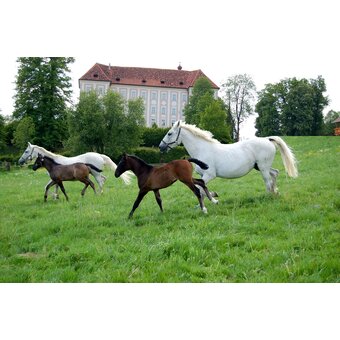

Styria - A historical outline
Steirische Tourismus GmbH
St. Peter Hauptstraße 2438042 Graz +43 316 4003 +43 316 4003 10 Website
Mag. (FH) Martina Haselwander
2011
Graz is a Unesco City of Design.
2008
Graz is the culinary capital and is thus one of the most enjoyable regions in Austria (an initiative of Agrarmarkt Austria and the Ministry of Life).
2004
Since the 1 May and the new member states of the EU, Styria moves (again) from the geographic outskirts into the centre of Europe.
2003
Graz is the only cultural capital of Europe.
1999
The old town of Graz is named a UNESCO World Heritage site.
1919
After the 1st World War, Styria loses 1/3 of its land area, the so-called Untersteiermark [Lower Styria] becomes part of the newly founded SHS state of Yugoslavia. Due to the disintegration of the Habsburg Empire, Styria, once the "Gate to the Southeast", is placed in a peripheral position.
1854
Construction of the southern railway line over the Semmering (the 1st high mountain railway in the world, Carl Ritter von Ghega). The railway section is a UNESCO World Heritage site.
19th century
Brisk construction in the country and in Graz (technical university, opera house, Karl-Franzens University, railway station, state hospital). Major scientists and artists settle. In the first half of the century, Archduke John of Austria set decisive and lasting impulses for the development of science, culture and economy in Styria.







